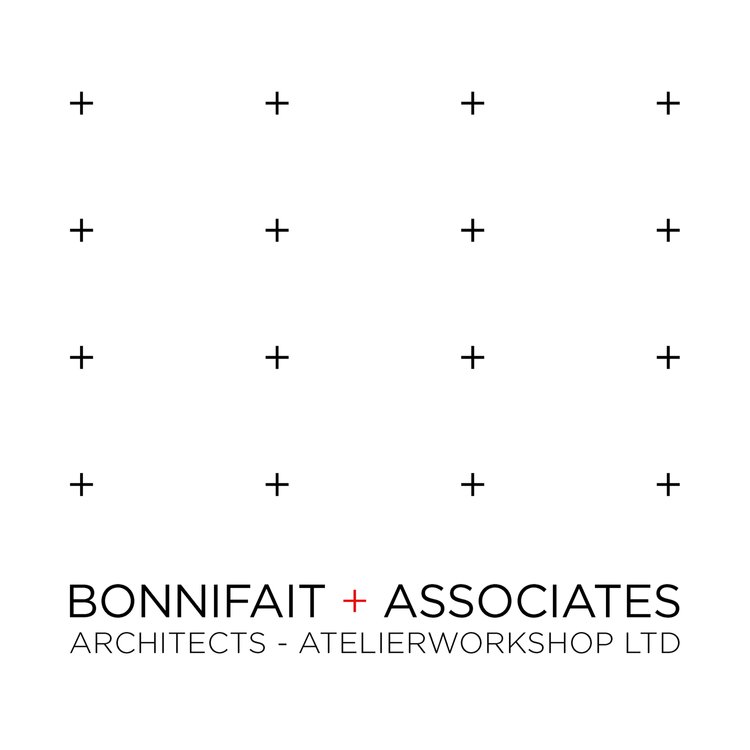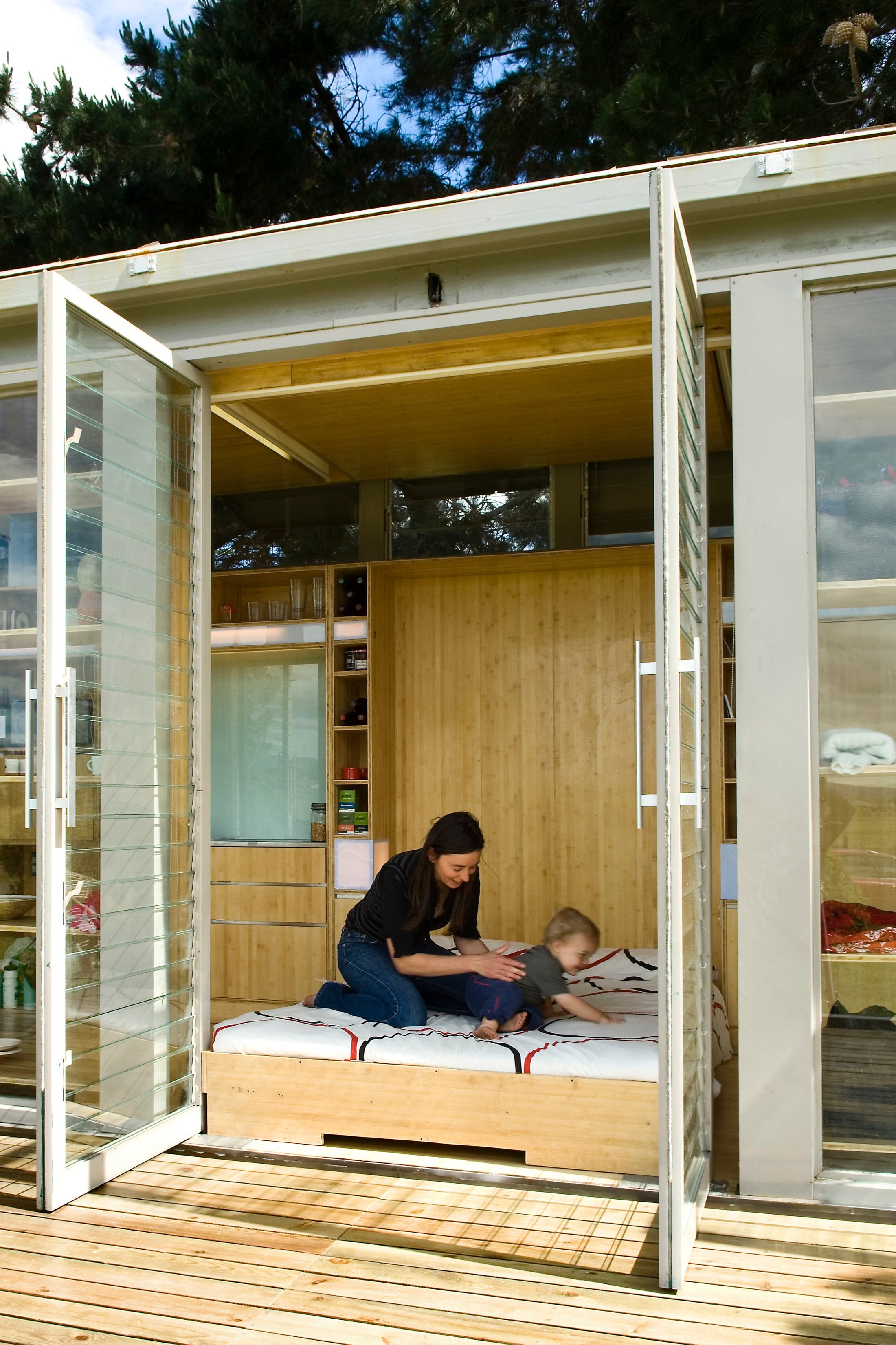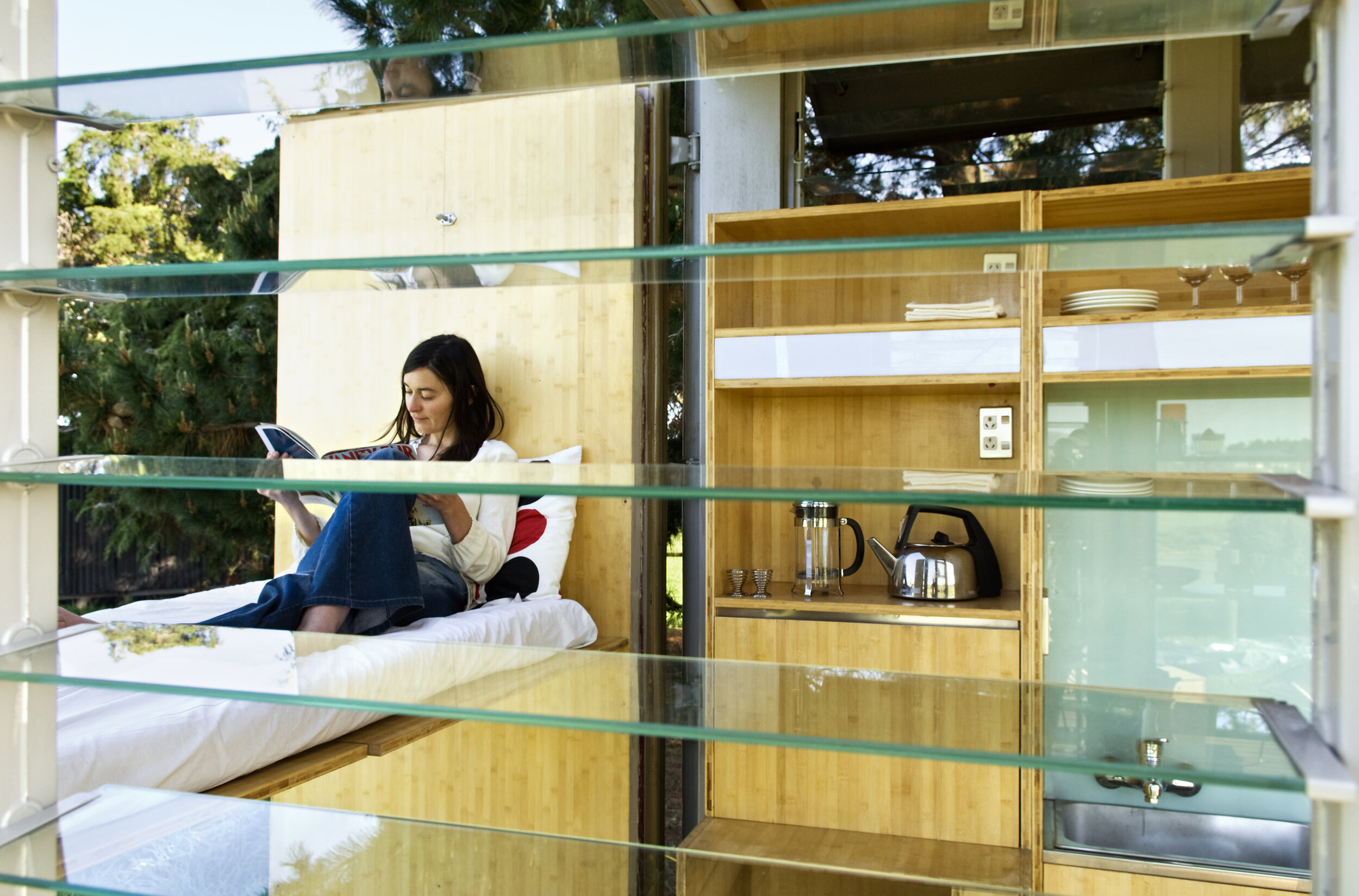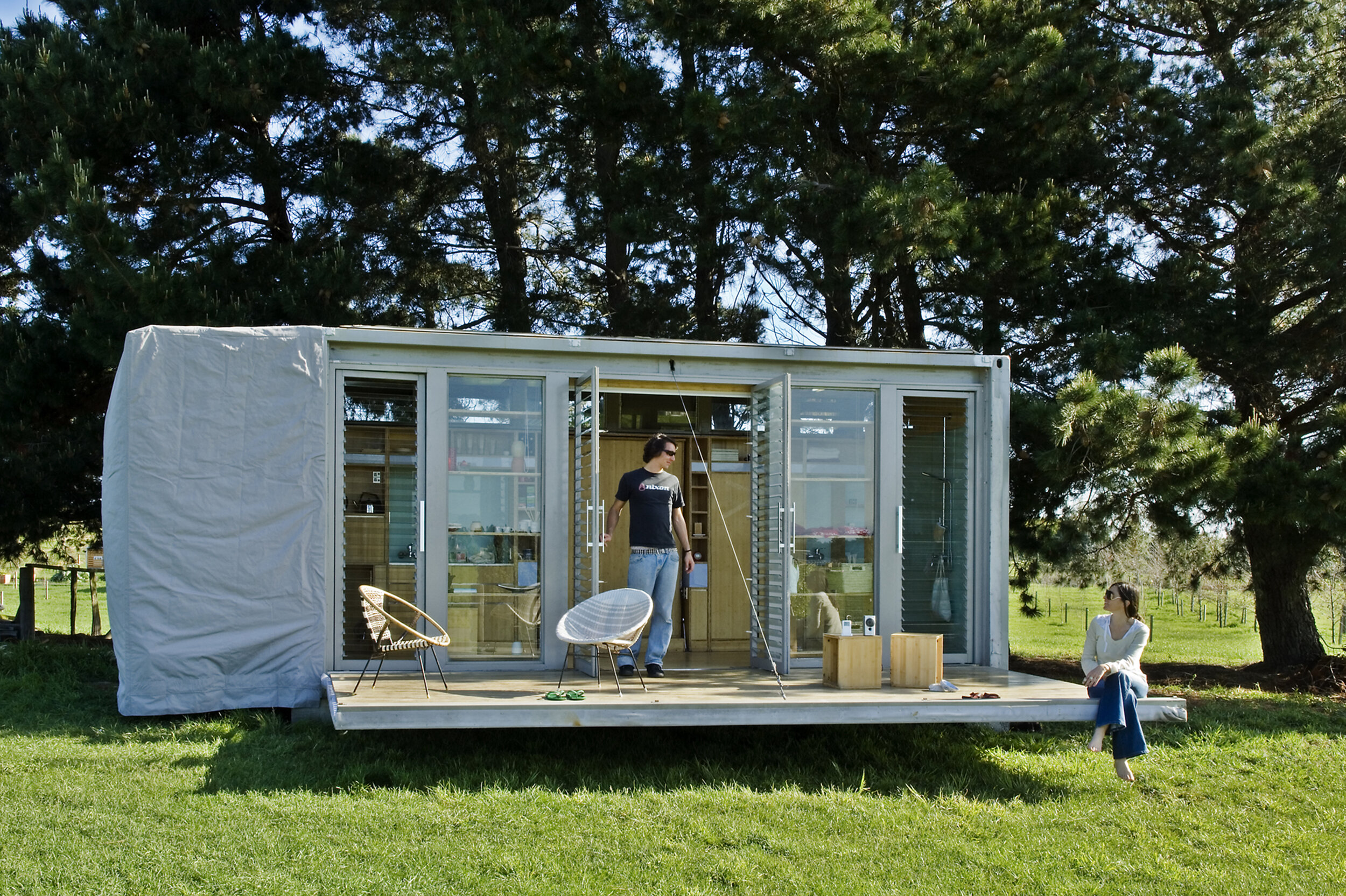Port-A-Bach Prototype
STATEMENT AND HISTORY: Atelierworkshop believe up-cycling containers can be an effective answer for large scale projects and if portability, site access, robustness, security are issues. The Port-a-Bach prototype was built in Hangzhou, China and shipped to New Zealand. It is now part of the permanent collection of Puke Ariki Museum, New Plymouth. We have also developed prototypes of fittings that use the existing container connections to attached solar and wind equipment. Atelierworkshop's Port-a-Bach is not in production but we do accept commissions to design customized container building solutions.
FEATURES:
fully enclosed exterior steel shell (when folded up)
appointed with large internal storage cupboards and shelves / stainless steel kitchen and fittings / bathroom with open shower, sink, composting toilet,
interior fabric screen system gives the versatility of creating rooms within the large open living space : includes bunk beds, double bed room, dressing room, kitchen and bathroom
exterior canvas screen system allows to shelter the deck area for comfortable indoor/outdoor flow and living
6 concrete footings form a stable, non-invasive 'foundation', allowing you to situate the unit on a wide range of ground conditions
Location:
Prototype
Date:
2001 - 2006
Program:
Studio
A HOLIDAY HOME:
portable
secure
high-level finish
designed to be environmentally clean
comparatively inexpensive
comfortably sleeps two adults and two children
THAT ALLOWS:
transportation
immediate, flexible and long-term solution that enables you to use your land without investing in a permanent property commitment
for future development, ideal for leased land situations
to be power, water and sewer independent, it is well suited to remote or non-service supplied land
also be connected to available services
quick and easy transportation (via truck or helicopter) and installation to any orientation with minimal impact on site
unfolding to create a living space and refolding to create a secure unit for in situ storage or relocation
Photos by Paul McCredie










